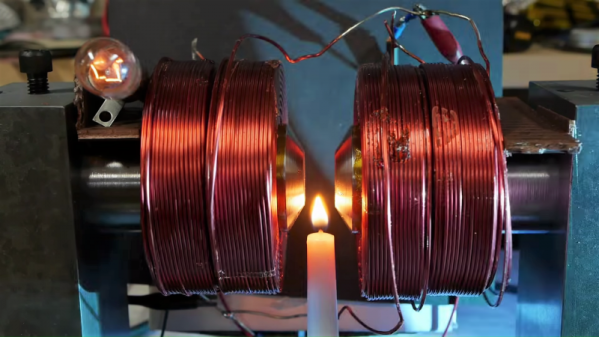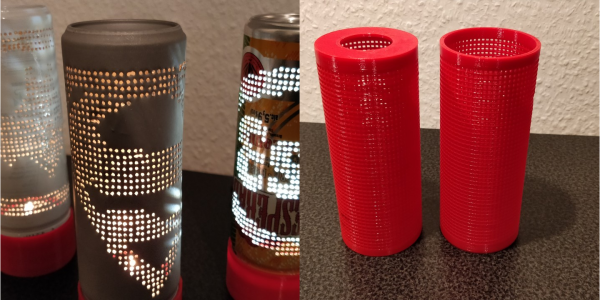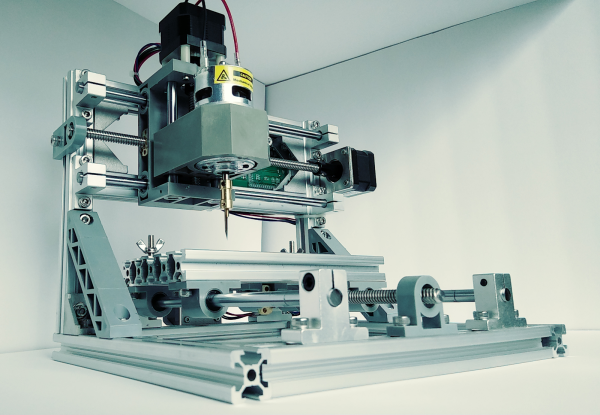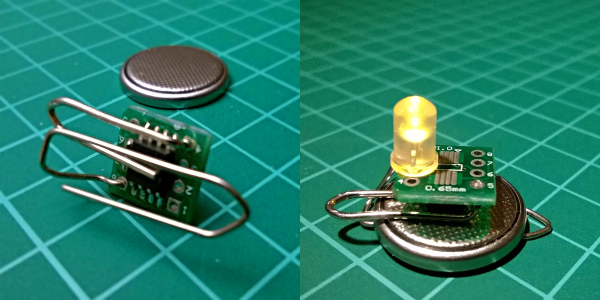More often than you think, scientific progress starts with a simple statement: “Huh, that’s funny…” That’s the sign that someone has noticed something peculiar, and that’s the raw fuel of science because it often takes the scientist down interesting rabbit holes that sometimes lead to insights into the way the world works.
[Ben Krasnow] ended up falling down one of those rabbit holes recently with his experiments with magnets and flames. It started with his look at the Zeeman effect, which is the observation that magnetic fields can influence the spectral lines of light emitted by certain sources. In a previous video, [Ben] showed that light from a sodium lamp could be dimmed by a powerful electromagnet. Some of his viewers took exception to his setup, which used an oxy-acetylene flame doped with sodium passing through the poles of the magnet; they thought the effect observed was a simple magnetohydrodynamic effect, and not the Zeeman effect he was supposed to be testing. That led to the experiments in the video below, which started with a candle flame being strongly deflected by the magnet. [Ben] methodically worked through the problem, eliminating variables by going so far as to blow soap bubbles of various gasses within the magnet’s poles to rule out the diamagnetism of oxygen as a cause of the phenomenon. He finally showed that even hot air by itself is deflected, using a simple light bulb and a FLIR camera. It’s good stuff, and well worth a watch.
Spoiler alert: [Ben] is still scratching his head about what’s going on, and we’re looking forward to his conclusions. This isn’t his first rabbit hole expedition, of course; his experiments with creating plasma with high-pressure water were fascinating, as were his DIY superconducting ceramics. Continue reading “Be A Fire Bender With The Power Of Magnets”

















